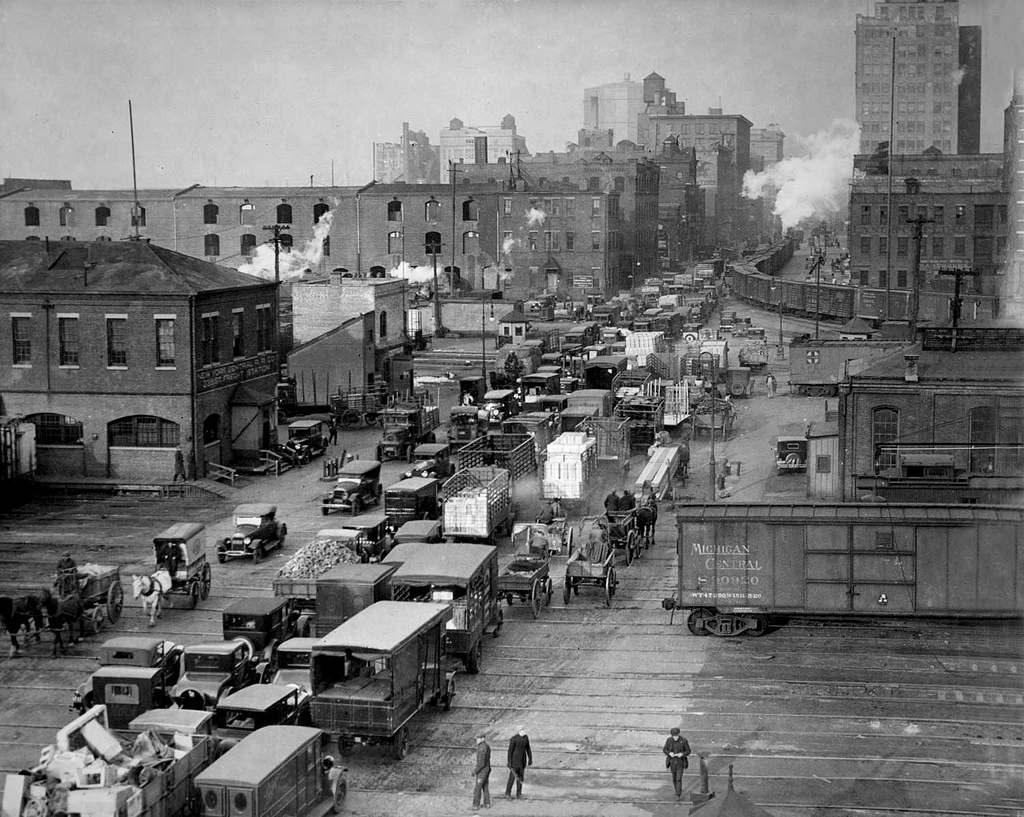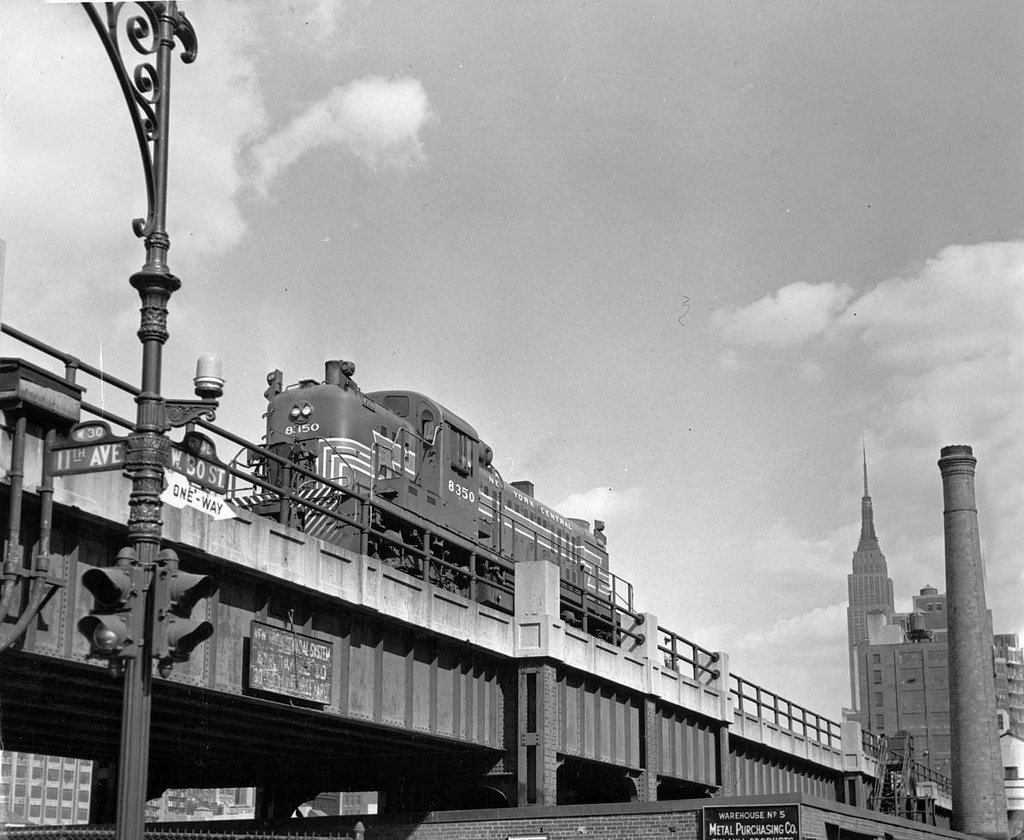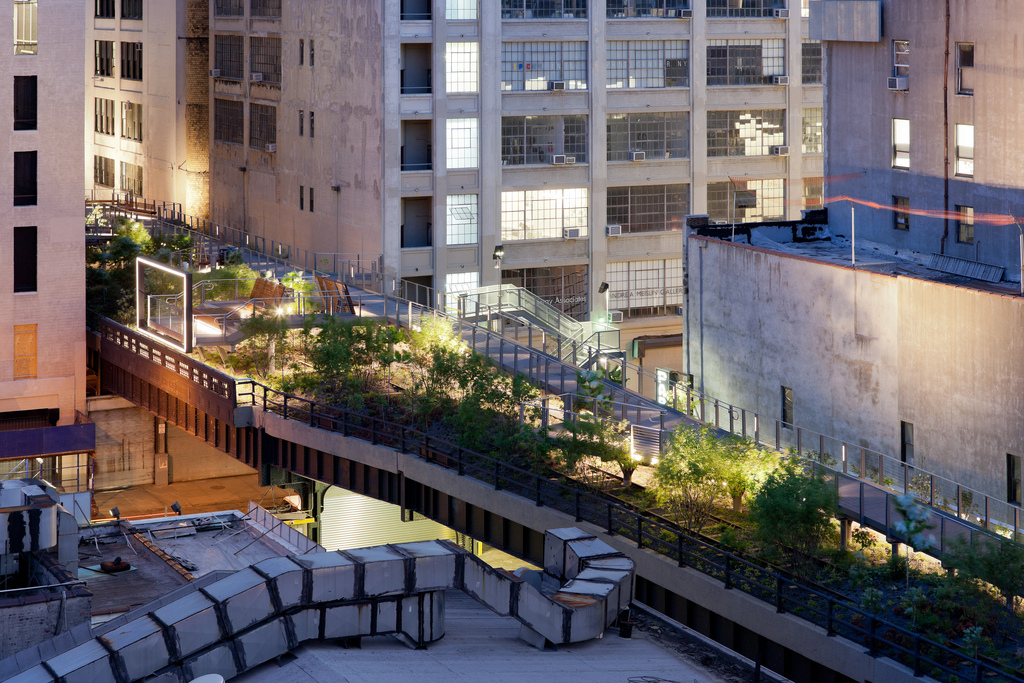This entry is part of a series celebrating infrastructure achievements in the United States
What: NYC’s High Line is a public park constructed on an unused elevated freight rail.
Where: Manhattan’s West Side, between Gansevoort and West 34th Streets
 When: The High Line first saw traffic in 1934, and the last train crossed its tracks in 1980. Construction on the park began in 2006, and the first section opened in 2009. Construction on additional sections is projected to continue through 2014.
When: The High Line first saw traffic in 1934, and the last train crossed its tracks in 1980. Construction on the park began in 2006, and the first section opened in 2009. Construction on additional sections is projected to continue through 2014.
Why: During the 80s and 90s, various stakeholders called for the demolition of the defunct High Line. The non-profit group, Friends of the High Line, assembled in 1999 and fought successfully to preserve the infrastructure and transform it into a public space for all New Yorkers and visitors to enjoy.
- Elevation: 30 feet
- Length: 1.45 miles
 Width: 30-88 feet
Width: 30-88 feet- Area: 296,000 square feet (approximately 6.7 acres)
Interesting Facts:
High Line Park can be accessed by elevator at four locations
Snow removal on the High Line is a complex process, making use of snowblower teams and eco-friendly ice-melt products to protect plants.
Around the turn of the 20th century, the future site of the High Line was known as “Death Avenue” because so many accidents occurred between street-level traffic and freight trains.
For efficiency, the High Line was designed to go through buildings and blocks in order to allow items like meat, milk and produce to be loaded and unloaded without contributing to outside traffic.
The High Line is home to dozens of permanent art pieces, and regularly hosts screenings, performances and other events.
Tags: Friends of the High Line, High Line Park, Highline Park, Manhattan, meatpacking district, New York, New York City, NY, NYC







 RSS Feed
RSS Feed